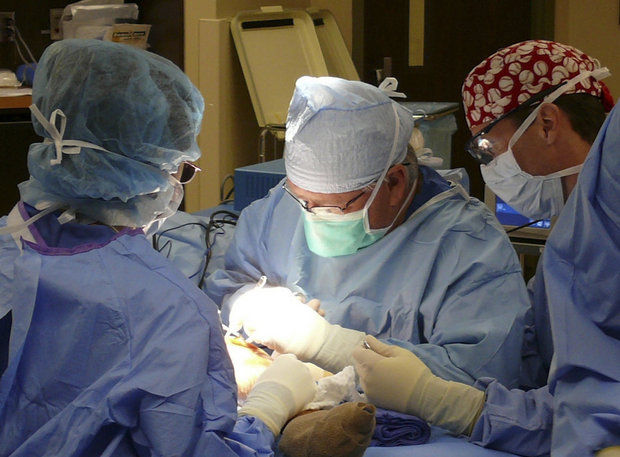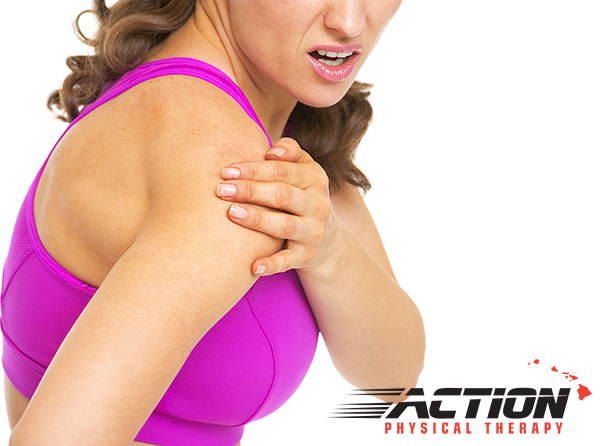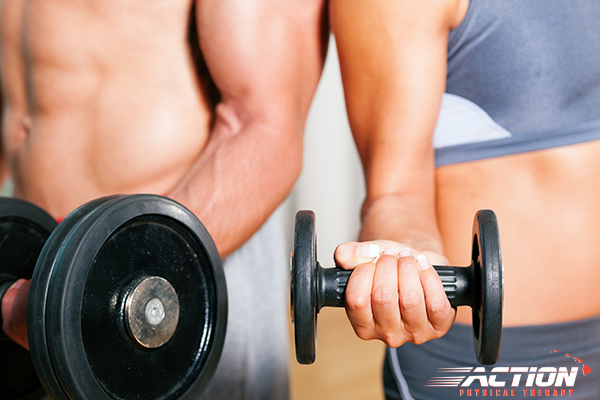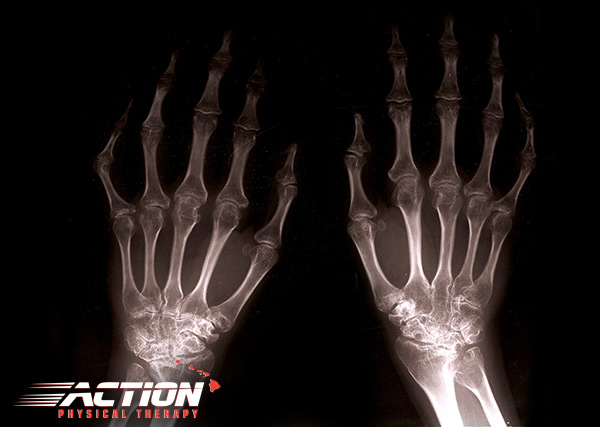For Patients With Meniscus Tear, Exercise Therapy Outperforms Surgery in Key Muscle Strength Measure
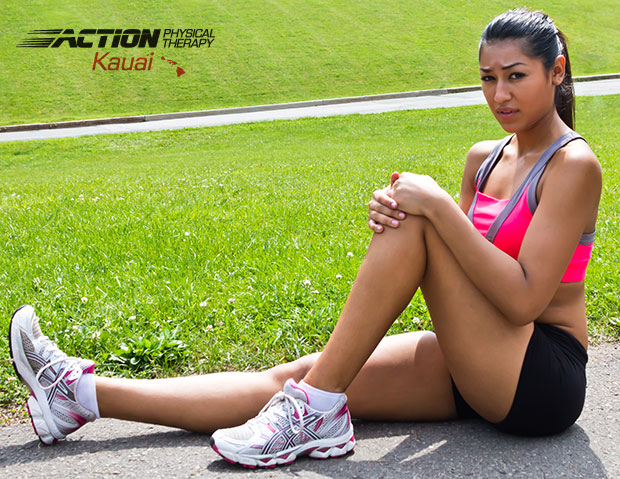 In a study that turned the tables on common research that uses exercise therapy evaluate the effectiveness of arthroscopic surgery, used a surgery group as a control to measure improvements in quadriceps strength and neuromuscular function. They write that such improvements, “can provide functional improvements, pain relief, and possibly also a delay in the onset of osteoarthritis (OA)” in individuals with the tears.
In a study that turned the tables on common research that uses exercise therapy evaluate the effectiveness of arthroscopic surgery, used a surgery group as a control to measure improvements in quadriceps strength and neuromuscular function. They write that such improvements, “can provide functional improvements, pain relief, and possibly also a delay in the onset of osteoarthritis (OA)” in individuals with the tears.
Exercise therapy can improve certain functions to a degree not possible through arthroscopic surgery for middle-aged patients with degenerative meniscus tears, according to a new study from Denmark. Researchers believe the improvement in function through exercise—more than 16% greater than improvement experienced by the surgery group—may lead to better long-term outcomes.
To read more on this subject, click here.

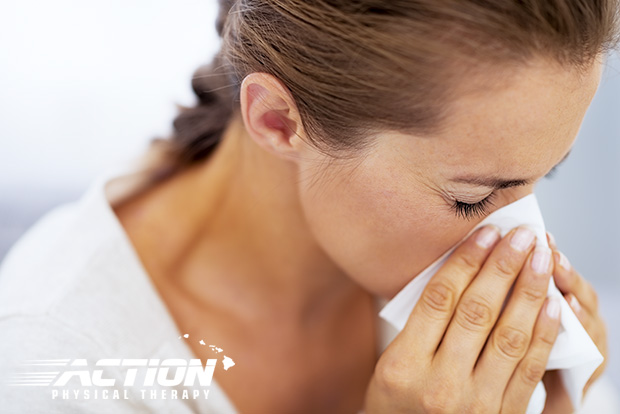
 Walking 6,000 steps or more each day might protect adults at risk of knee osteoarthritis from developing mobility issues, such as difficulty getting up from a chair and climbing stairs, according to a new study.
Walking 6,000 steps or more each day might protect adults at risk of knee osteoarthritis from developing mobility issues, such as difficulty getting up from a chair and climbing stairs, according to a new study.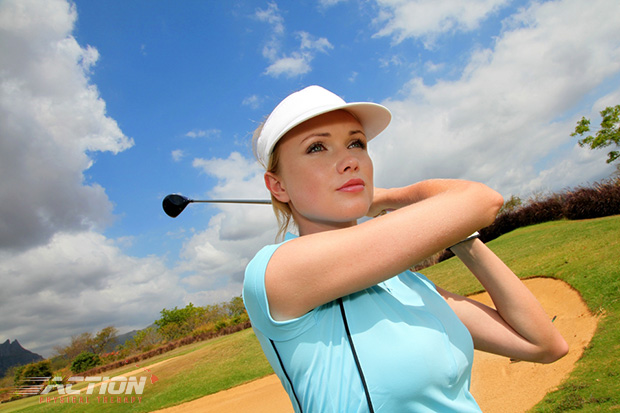 “The success and popularity of the Tyler Twist led us to develop and evaluate an exercise for golfer’s elbow,” lead research author Timothy Tyler, PT, MS, ATC, said in the release. “The Tyler Twist, a novel exercise using the TheraBand FlexBar, was shown to significantly improve strength and reduce pain for individuals with chronic tennis elbow. This new golfer’s elbow exercise, dubbed the Reverse Tyler Twist, also employs a FlexBar and was found to be effective at reducing the pain for patients suffering from golfer’s elbow.”
“The success and popularity of the Tyler Twist led us to develop and evaluate an exercise for golfer’s elbow,” lead research author Timothy Tyler, PT, MS, ATC, said in the release. “The Tyler Twist, a novel exercise using the TheraBand FlexBar, was shown to significantly improve strength and reduce pain for individuals with chronic tennis elbow. This new golfer’s elbow exercise, dubbed the Reverse Tyler Twist, also employs a FlexBar and was found to be effective at reducing the pain for patients suffering from golfer’s elbow.”

